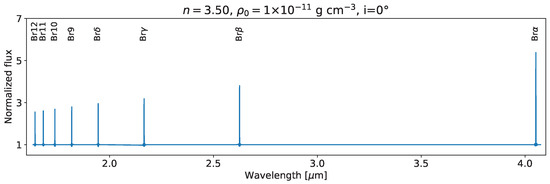The IR spectra of Be stars display numerous hydrogen recombination lines, constituting a great resource for obtaining information on the physical and dynamic structures of different regions within the circumstellar envelope. Nevertheless, this spectral region has not been analysed in depth, and there is a lack of synthetic spectra with which to compare observations. Therefore, we computed synthetic spectra with the HDUST code for different disc parameters. Here, we present our results on the spectral region that includes lines of the Brackett series. We discuss the dependence of the line series strengths on several parameters that describe the structure of the disc. We also compared model line profiles, fluxes, and EWs with observational data for two Be stars (MX Pup and π Aqr). Even though the synthetic spectra adequately fit our observations of both stars and allow us to constrain the parameters of the disc, there is a discrepancy with the observed data in the EW and flux measurements, especially in the case of MX Pup. It is possible that by including Brackett lines of higher terms or adding the analysis of other series, we may be able to better constrain the parameters of the observed disc.

Universe, Free Full-Text

Russ Roberts Quote: “The Universe is full of dots. Connect the right ones and you can draw anything. The important question is not whether th”
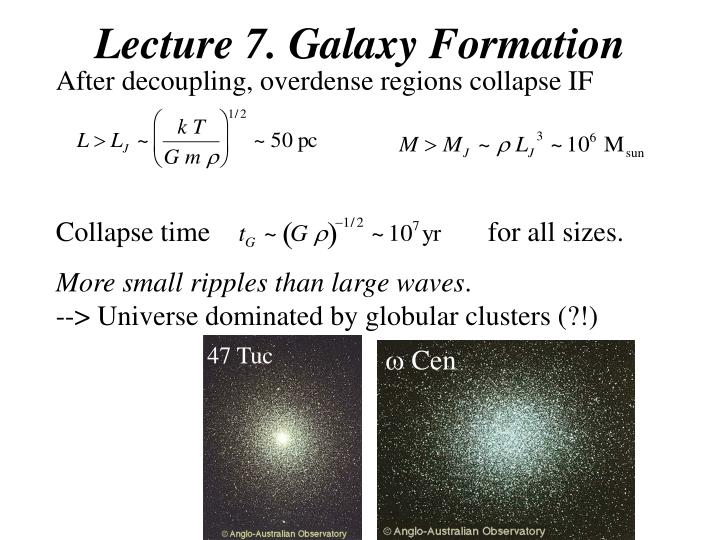
PPT - Lecture 7. Galaxy Formation PowerPoint Presentation, free download - ID:3566895
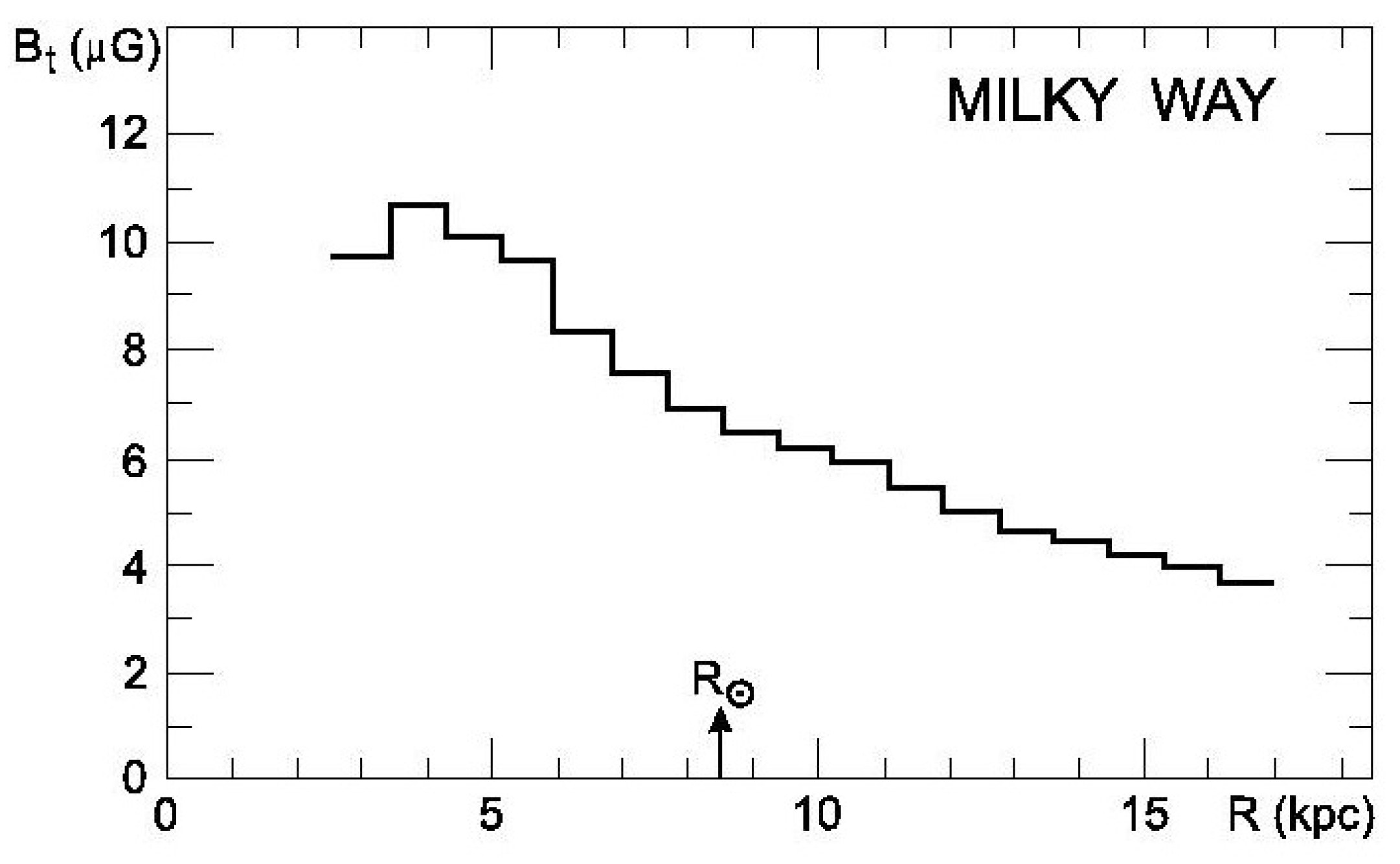
Galaxies, Free Full-Text

Galaxies, Free Full-Text
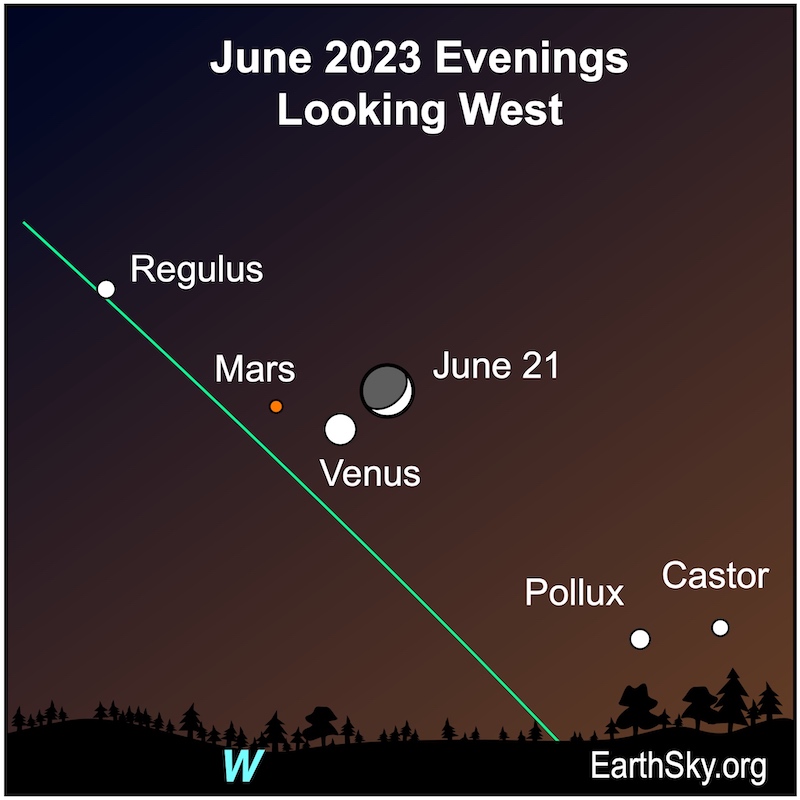
Facts Canis Major drops Facts with Drake in mind as a feature

Samsung Galaxy A25 5G on MTN Mega Gigs XS + Free Samsung Galaxy A25 5G @ R499 x 36 - Offer Shop
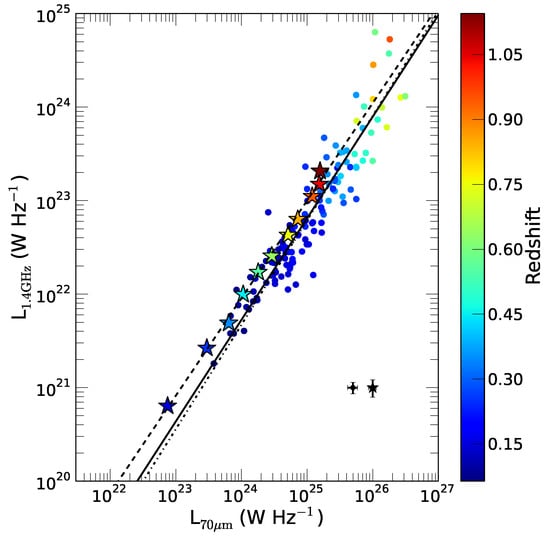
Galaxies, Free Full-Text

Pi Day Challenge: Solve Stellar Math Problems With NASA, life the game math answers
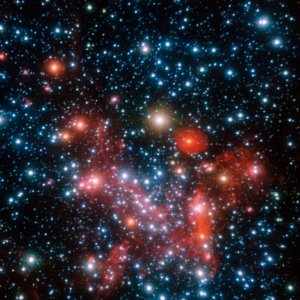
Image Archive: Galaxies

Features and futures of X-ray free-electron lasers - ScienceDirect

andromeda-galaxy-royalty-free-image-1585682435 - Morley Memorial Primary School
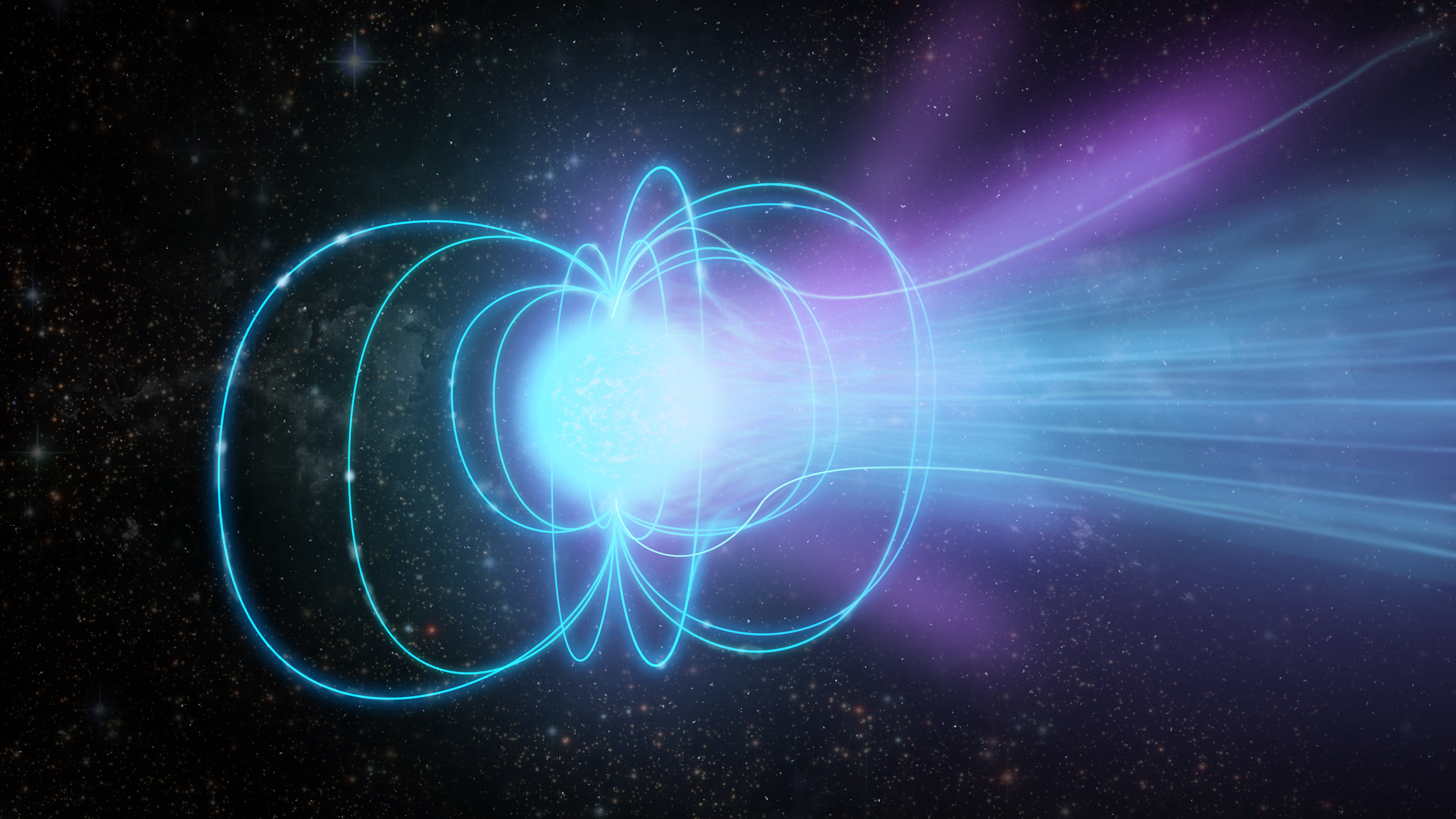
VLBA Makes First Direct Distance Measurement to Magnetar, magnetuhr










